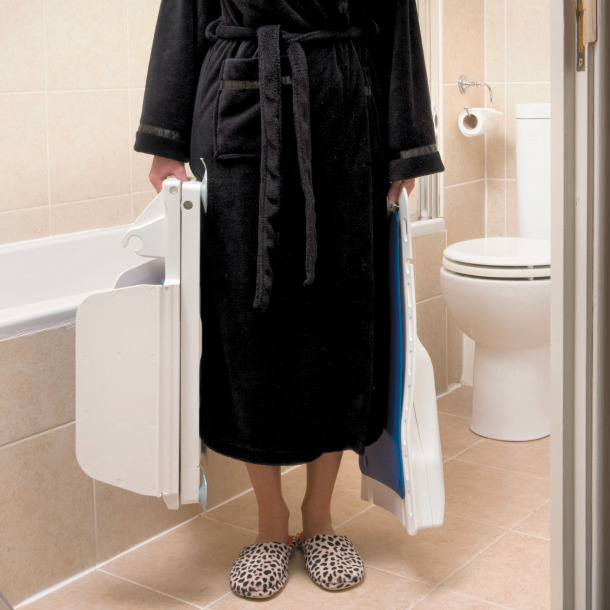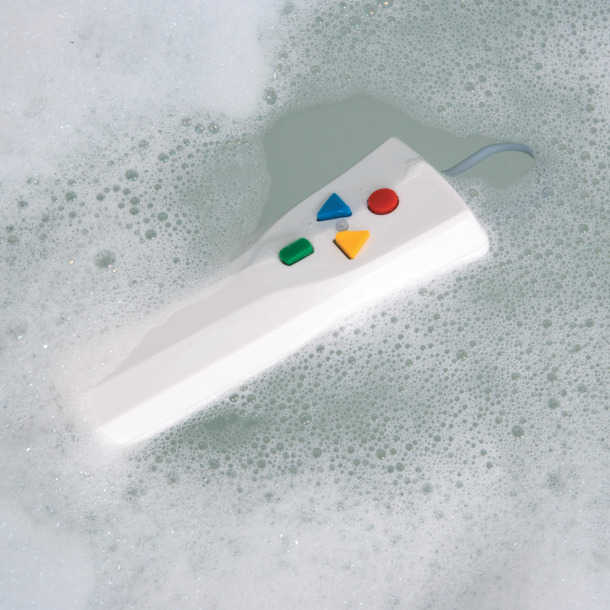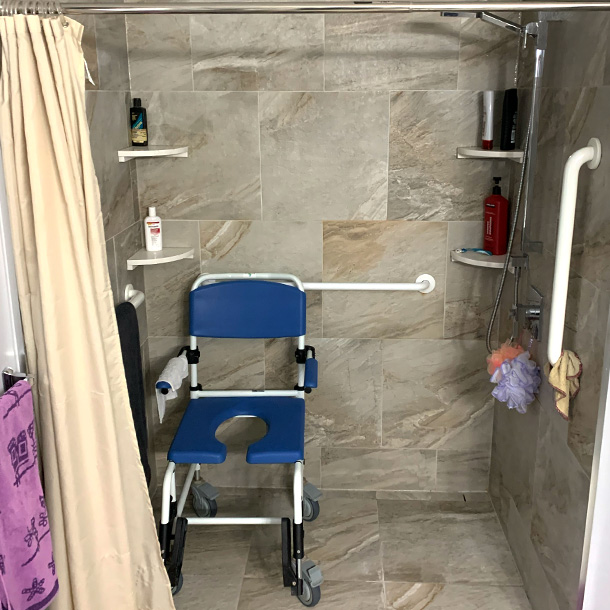Call us!
Home » Bath Lifts
Call us!
Home » Bath Lifts
A bath lift, also known as a bath tub lift or bath lift chair, is made for a person who has difficulty getting in and out of a bathtub. Bath lifts gently lower or lift the user into and out of the tub. Bath lifts can be for therapeutic use, such as people with arthritis who need to stabilize themselves while lowering.
Bath lifts are powered by batteries or water or they can be manual to raise and lower the user into the bathtub. The majority of the bath lifts available on the market today are battery-powered, allowing easy transfers with the simple touch of a button. Battery-powered bath lifts are charged away from the water source for the sake of safety.
Manual bath lifts require the user to manually turn a crank that lowers and raises the lift. Although it doesn’t require a lot of strength to use the crank, it takes about 50 turns to lower the lift. The crank is easy to operate and can be removed while bathing. There is no battery to recharge or replace. There are not many of these available on the market today.
Bath lifts were previously all water-powered, but like manual bath lifts, there are not many available on the market today. Water-powered bath lifts lower and raise the user using water pressure. Water-powered bath lifts require a hose connected to a water supply (either a tub spout diverter or shower head diverter) to fill a water valve, lifting and lowering the user. There is no battery to recharge, but if there is a leak in the valve, it may be expensive to replace.
A bath lift fits inside the bathtub. The seat of the bath lift should be in line with the side of the tub. The user must be able to sit or transfer onto the lift and swing or lift their legs over the tub wall. This can accommodate a user who must transfer from a wheelchair onto the bath lift seat. Hand controls or a manual crank will lower or raise the user in and out of the tub.
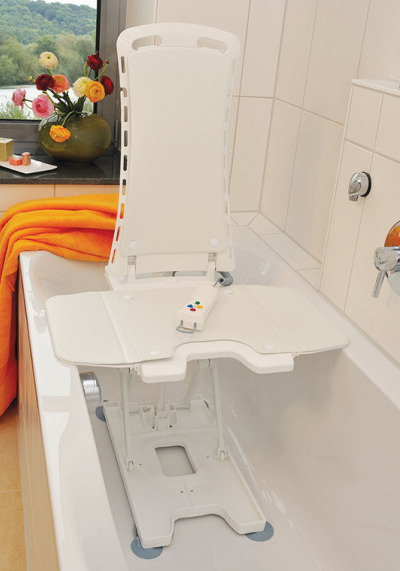
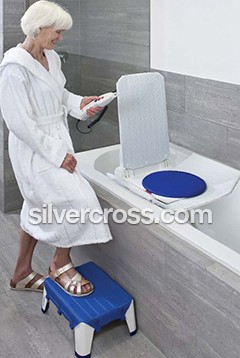
Bath lifts typically feature reclining backrests and floating hand controls. Most bath lifts are lightweight and can be easily stored when not in use, which makes it possible to share the bathtub with someone who does not require the lift. Bath lifts are typically portable with assistance, meaning a caregiver may be able to transfer the lift between homes giving the user the option to take a bath outside of their primary residence.
Most bath lifts can reach a height of 17″–18″, and some can even reach 23″. The lift height required by the user depends on the height of the tub, measured from the inside.
Many bath lifts come with flaps on the sides of the chair. These flaps make it easier for the person to transfer onto the bath lift by sitting on the edge of the tub, sliding across the flap, and into the chair.
Without the flaps, the person would have to be able to maneuver over the gap between the side of the tub and the chair. Extending the flaps on either side of the seat can help the user maneuver safely onto the bath lift. Suction cups secure the lift to the tub.
A bath lift may not be the best solution for every person. For instance, there is no bath lift chair for bariatric use (over 500 lb). Instead, bariatric users should consider a walk-in bathtub, shower chair, or roll-in shower. As well, baths may break down skin, so those who have pressure ulcers should limit the frequency of baths and instead opt for showers.
